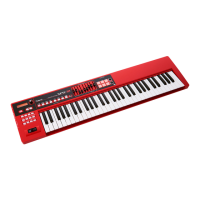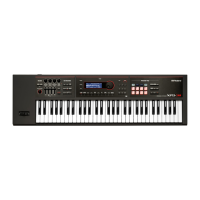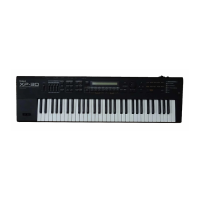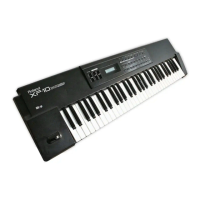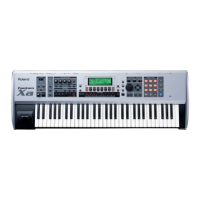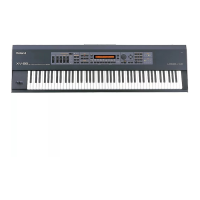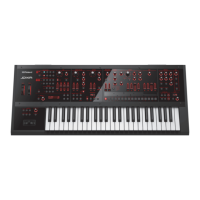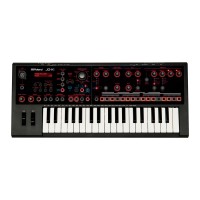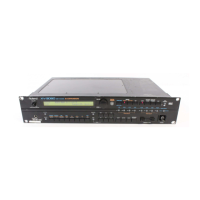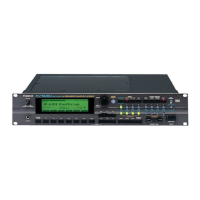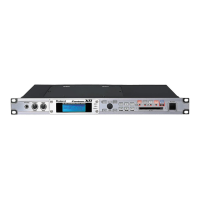Why does the sound cut off when I switch patch on my Roland XPS-10?
- RRachael SteeleAug 18, 2025
If the sound cuts off when you switch patches on your Roland Synthesizer, it's because switching the patch also switches the type of multi-efefcts used. This inconsistency between the current sound and the multi-efefct can cause unexpected sound or make it seem like the sound is no longer sounding.
